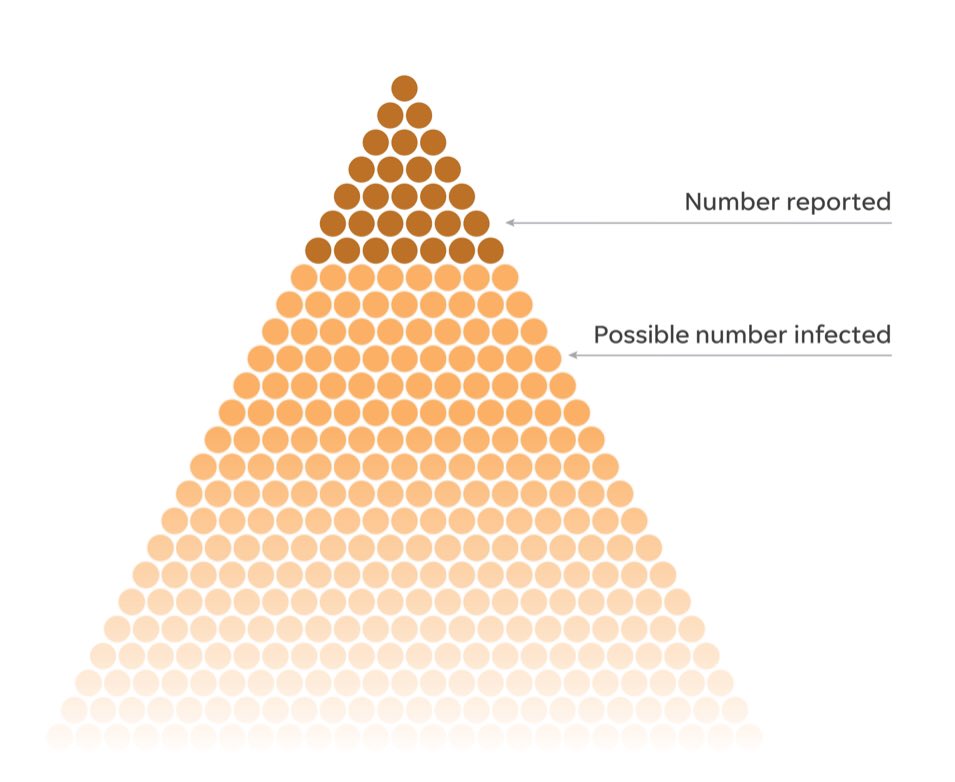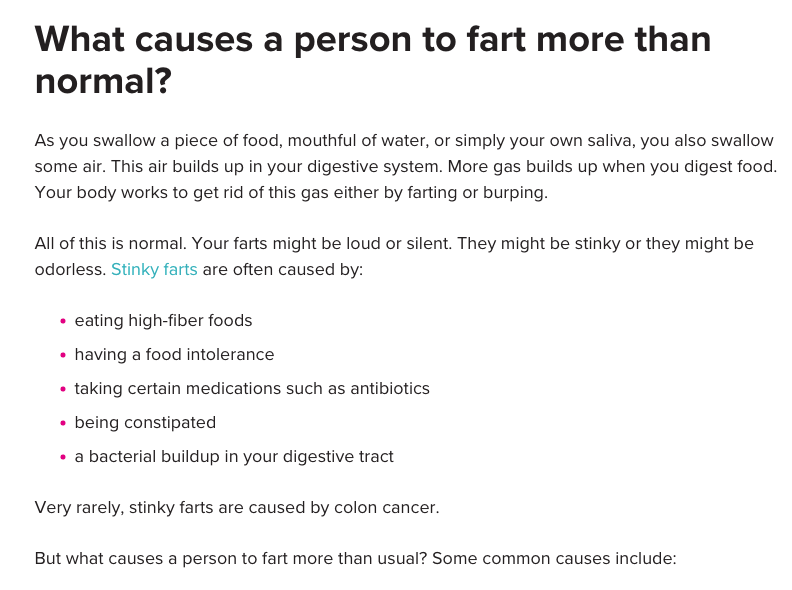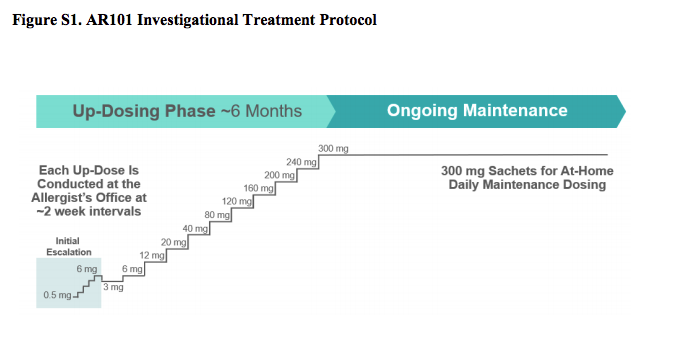Anyone who uses IgE allergy tests should be able to predict results BEFORE testing is done...and communicate that to the patient
IgE tests are NOT 'positive' or 'negative'. Can only determine likelihood of allergy being present, determined by history. A #WednesdayWisdom thread⬇️
IgE tests are NOT 'positive' or 'negative'. Can only determine likelihood of allergy being present, determined by history. A #WednesdayWisdom thread⬇️
The most important concept for patients and medical providers to understand about IgE testing is the HUGE difference between sensitization and allergy.
Example: ~30% of people have detectable IgE to foods, but only 5-8% are actually allergic.
Rely on test alone = overdiagnosis
Example: ~30% of people have detectable IgE to foods, but only 5-8% are actually allergic.
Rely on test alone = overdiagnosis

Skin prick testing introduces small amounts of allergen to the allergy cells in the skin.
If IgE towards allergen is present, the cells will open and release histamine = red, itchy bump.
Size of bump = likelihood of allergy being present.
If IgE towards allergen is present, the cells will open and release histamine = red, itchy bump.
Size of bump = likelihood of allergy being present.

Blood allergy tests measure the level of IgE directed towards an allergen.
Higher level = higher likelihood of allergy being present.
Just because a level is found, does not mean allergy is present.
Long read here: kidswithfoodallergies.org/page/food-alle…
Higher level = higher likelihood of allergy being present.
Just because a level is found, does not mean allergy is present.
Long read here: kidswithfoodallergies.org/page/food-alle…
False positive rates are very high for both skin and blood IgE tests, due to many reasons. This is why they are NOT screening tests.
A common reason is cross sensitization due to similar looking proteins for inhalant allergens and foods detected on testing.
A common reason is cross sensitization due to similar looking proteins for inhalant allergens and foods detected on testing.

Here is a comprehensive list of every medical condition, symptom, or reason to obtain a panel of #foodallergy tests:
No, this is not a mistake - there is NEVER an indication to order these tests. They cause significant harm through misinterpretation & unnecessary avoidance
No, this is not a mistake - there is NEVER an indication to order these tests. They cause significant harm through misinterpretation & unnecessary avoidance
IgE tests (incl. components) cannot predict severity of future reactions.
There is no such thing as a peanut allergy test result showing someone is "deathly allergic" to peanuts.
Providers who order these tests have a responsibility to communicate results clearly & accurately.
There is no such thing as a peanut allergy test result showing someone is "deathly allergic" to peanuts.
Providers who order these tests have a responsibility to communicate results clearly & accurately.
Hope this mini-primer on allergy testing helps. I often predict the results and discuss with patients BEFORE we test, explaining my rationale.
Why? It helps to understand how we will interpret results and their overall utility...then we can develop a plan accordingly. 👍
Why? It helps to understand how we will interpret results and their overall utility...then we can develop a plan accordingly. 👍
• • •
Missing some Tweet in this thread? You can try to
force a refresh





















